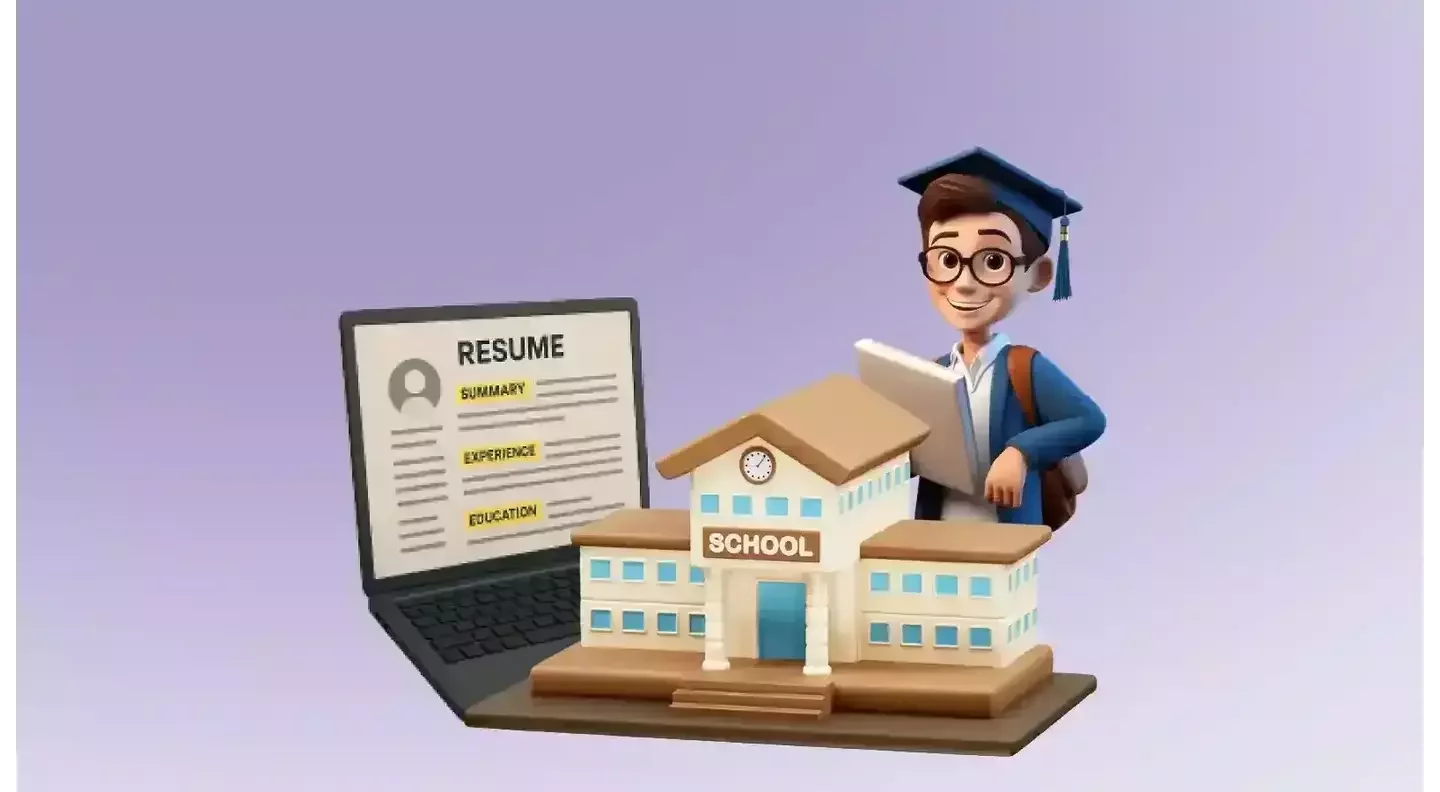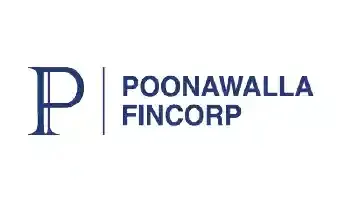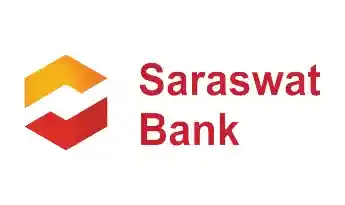Get instant loan offer suitable to your profile !


On this Page:
A grad school resume that gets you admitted! Follow these 7 tips to build a standout resume for MS, MBA, PhD, or MEM programs. Actionable & proven tips.
Students work hard for years to get admission to a graduate school; however, they often take their resumes for granted. But why are resumes so important? These resumes are the first impression, and in some cases, your only chance to stand out before the admissions committee.
Thus, creating a resume that opens doors at the global university is a necessary step in your journey. To help students in this, we researched and built a step-by-step guide to build a graduate school resume using the 7 tips. It’s conversational, actionable, and packed with insights directly from students who’ve successfully navigated the process. This guide answers all your "Why's" and "What's".

The graduate school is an advanced educational institute where students pursue postgraduate degrees. These are professional programs designed to deepen academic knowledge, conduct research, or develop professional skills.








Struggling with Your Admissions?

A graduate school resume is a one- or two-page document that highlights your academic history, professional experiences, projects, skills, extracurricular activities, and leadership roles. This school resume emphasizes academic accomplishments, research, and relevant experiences that align with your field of study.






Your resume is your first impression, and if you can't make it so appealing that it hooks the official within 10 seconds, then you lose a chance. Resumes are not for your grades and test scores; your resume highlights your impact, leadership, and growth. For students with creative or technical projects, a resume links to portfolios, GitHub profiles, or personal websites, giving committees deeper insight.

If you are busy with other urgent documents, then you can use this 7 tips action plan that will help curate an admission-ready resume.
To make your resume stand out within 10 seconds, you need to decide the eye ball moment of the viewer in the resume. Choose clean, professional fonts: Times New Roman, Arial, or Calibri (Size 10-12). Make sure you maintain consistent margins and spacing. Use bold selectively to highlight achievements. So, give around 1-2 hours of your time to set up the layout and the fonts of the resume.
When you have planned the format and the font of the resume, now decide the sections and ensure that it is seamless. If your resume is difficult to read, it will get easily rejected.
Think of your resume like you are telling your life story, and the eyes read and differentiate all the important sections. Also, avoid photos on your resume as they waste a lot of space, which you can use to add more valuable sections instead. Sections you must include are:





Your name and school details are your personal brand, which you should highlight. But, they also need a touch-up, but how? You need to select important certificates and educational degrees. Don't add your Instagram or Facebook to your resume because they don't look so professional. Instead, add your LinkedIn/GitHub links.
While writing about educational degrees, start with the latest and the relevant one. Include university name, major, GPA, honors, and standout achievements. You can take advantage of a table format for clarity if you have multiple degrees.
Everyone knows how to write, and today, A.I. tools have made it easier. So, mention your projects and experiences. Use bullet points and start with action verbs such as developed, led, and optimized.
To make it more impactful, use a link and also highlight your role tools used, and outcomes.
Every individual has a different skill set, but you should know the presentation part. Before putting them down on the resume, start with the rough graph and mention the skills. Programming Languages, Tools, Business Skills, and categorize them based on the knowledge from strongest to weakest.
Also, create a rough draft of the awards, scholarships, and recognitions. When you have created the rough draft, now use the primary focus skills and relevant skills on the resume. Showcase teamwork, leadership, and initiative.
Now, you have covered everything from academics to the project, but your real personality is still hidden. Include sports, arts, volunteer work, clubs, anything that reflects your passions. Use 1-2 bullet points per activity and link a portfolio website or Notion page for additional projects.
When you have completed all six steps, you are done with the resume, but ideas and inspiration can come from anyone. Thus, keep a buffer of 3-4 weeks between submission and building a resume.
If something hits you or you remember anything that would be relevant, mention it in the resume, do it. Your first draft is the basic work, but reviewing and re-making will make the best version. Additionally, ensure that either you create a general resume or customize it based on the course and university you are applying to.

Don’t use the same resume for every program because every program value different aspects of your experience. Customize the resume based on the program to make it more relevant and impactful.
Keep a balance between the text and white spaces because imbalance in anyone can be overwhelming for the reader. Use strategic spacing to make your document easier to scan and ensure key points stand out.
Use numbers to show impact but, also know the exact reason and source behind those numbers. For example, "Managed a team" is less impressive than "Managed a team of 5, improving project delivery time by 20%." But, you should also know that from where this 20% actual came.
Check every LinkedIn, GitHub, or portfolio links before sending it to the admissions committees. This is especially important for tech, design, or research-heavy applications.
Proofread like your admit depends on it (because it does!). Spelling mistakes, inconsistent formatting, or grammatical errors can signal carelessness. Use tools like Grammarly, read aloud, or ask a friend to review your resume to catch errors you might miss.

Imagine you are Aarav Mehta, who is a tech-savvy Computer Science graduate passionate about software development, data visualization, and social impact. Your core strengths are leadership, teamwork, coding, data analytics, and extracurricular balance.
In order to get admission to the Master’s in Computer Science, you are creating a resume. What would it look like? Well, design can vary, but major information and the way of writing can be somewhere like this.
|
[Aarav Mehta] [aarav.mehta@email.com] | [+91-9876543210] | [linkedin.com/in/aaravmehta] | [github.com/aaravmehta]
Education:
Experience:
Projects:
Skills:
Leadership & Outreach:
Extracurricular Activities:
|
Note: This resume is a sample, and if you are a complete fresher, then don’t add the experience section; instead, add more projects. For projects, you create some of your imaginary projects.

Most students assume that resumes are just a formality document that admissions officials barely glance at. However, many top graduate schools prioritize your Statement of Purpose (SOP), Letters of Recommendation (LOR), and resume over academic transcripts. Why? Because they’re looking for students who bring more than just grades. They seek candidates with a compelling story, clear motivation, and a track record of meaningful experiences.
By following this 7 tips, you’re not just building a resume; you’re crafting a document that demands attention, invites curiosity, and strengthens your case for admission.
Remember: The best resume is the one that reflects your authentic journey while aligning with your future goals. In case you need any help, connect with present and previous students and teachers over GD Connect or use the Admit Predictor tool to improve your admission chances.

A grad school resume should tell the story of your intellectual journey and potential for advanced study. A job resume emphasizes work experience and skills relevant to a specific job role
Yes, if your GPA is strong (generally above 3.0 or 7.5/10), include it prominently in the education section. If it's lower but your profile is strong in other areas, you can choose to leave it out and focus on achievements and projects.
For master’s programs, it is best to keep your resume to one page.
For PhD applications or research-heavy programs, a two-page resume or academic CV is acceptable.
Top universities appreciate well-rounded candidates. Extracurricular activities, leadership roles, and volunteer work show that you have teamwork, leadership, and time management skills.
Yes. Include hyperlinks to your LinkedIn profile, GitHub, portfolio website, or project repositories.
Check Your Education Loan Eligibility

Ask from a community of 10K+ peers, alumni and experts
Trending Blogs
Similar Blogs

Network with a community of curious students, just like you
Join our community to make connections, find answers and future roommates.. Join our CommunityCountry-Wise Loans
Best Lenders for Education Loan

ICICI Bank

Axis Bank

Union Bank

Prodigy

Auxilo

Credila

IDFC

InCred

MPower

Avanse

SBI

BOB

Poonawalla

Saraswat